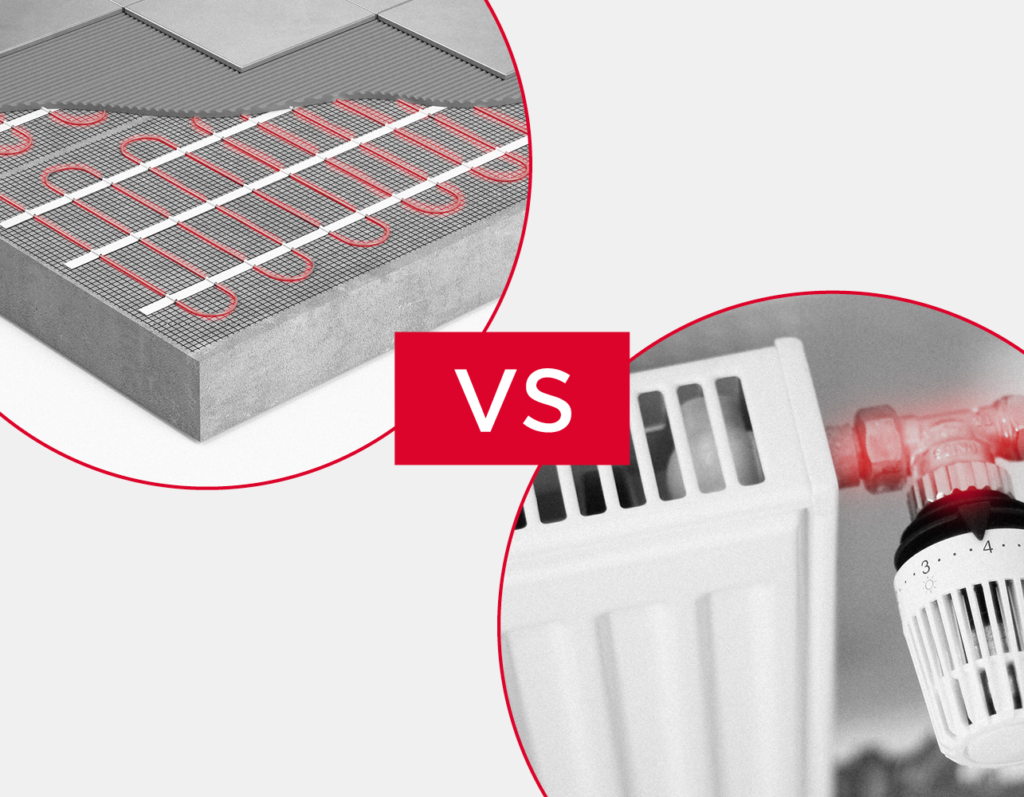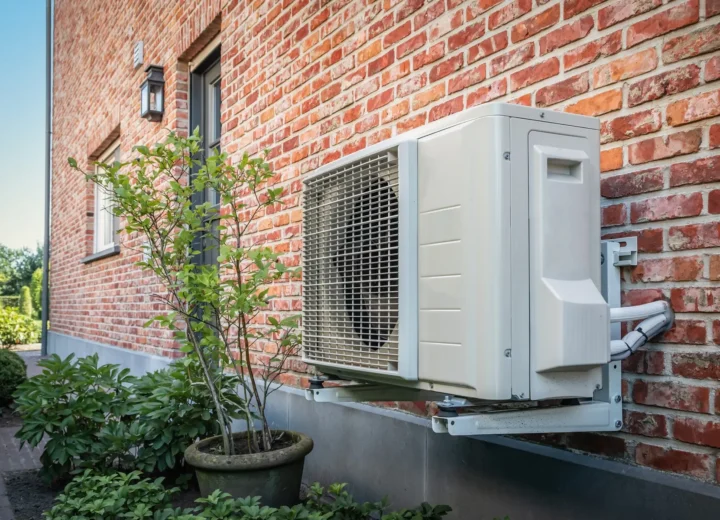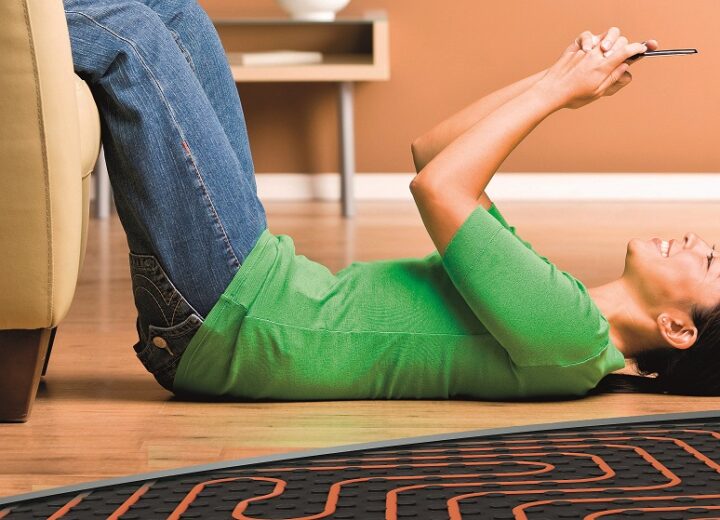An underfloor heating and cooling system is usually considered to be more expensive than radiators, with longer installation times. But what is the truth? Is underfloor/surface heating and cooling (SHC) in reality costlier than radiators? Let’s take a closer look at five preconceived ideas about radiators when compared with SHC.
Myth #1 Radiators are cheaper
Purchase price
The price of SHC depends on a number of factors, including:
- who designs the system
- who installs it
- whether you choose a standard screed solution or have low height restrictions or weight constraints
- the tube pipes used (example: STEP Pat10, 15, or 20)
If you have a custom SHC system made by a specialist contractor, this can cost between €45-70 per m2 installed (excluding screed). However, you could pay over €100 per m2 for smaller projects1.
The price of radiators can vary considerably from one model to another. The main elements that affect the cost are size and design. Starting prices for standard double panel radiators are around €60, while designer options can set you back €230 or more2.
Insulation
A significant part of the cost of SHC systems is insulation, accounting for 30% to 40% of the price. While this is systematically included in the price of underfloor heating systems, it isn’t always included in the price of radiators. So to make an effective comparison between the two, you need to add insulation to the price of a radiator.
Cost to use
A major advantage of SHC systems is that they lower the interior air temperature without sacrificing heat. This means that lower temperatures can be used to achieve the same level of warmth by offering greater comfort.
“Heated floors lower the air temperature by 2 or 3 degrees, saving on heating consumption. Thermal comfort is much higher in a room with air at 15°C and walls at 20°C than in a room with air at 30°C and walls at 10°C3.”
As less heat needs to be generated, less energy is used, resulting in lower consumption. Not only does underfloor heating use less energy than radiators, but it also doesn’t waste any. This means that consumption is optimised.
In terms of cost, SHC systems can deliver savings of between 15% and 30% for the same perceived temperature. They also comply with regulations in all countries.
Myth #2 Radiators are easier to maintain
From an aesthetic point of view, radiators tend to age poorly and can become discoloured over time. And because their fins are a breeding ground for dust and bacteria, they must be cleaned regularly. A dirty radiator uses more energy and therefore requires more maintenance.
As for underfloor heating, it doesn’t collect dirt or age badly – it can last 100 years! SHC’s lack of unnecessary over-consumption makes it both a practical and a sustainable choice.
| According to a report on the European underfloor heating market, “Underfloor heating systems not only reduce energy bills and overall system costs, but also require less maintenance than traditional radiators.” |
Myth #3 All radiators are compatible with low temperatures
Low-temperature systems
As highlighted in the EHI Decarbonisation Study, low-temperature systems are the best option to meet green standards.
They allow you to reduce the water temperature from 50°/60° to almost 30°, i.e. by half!
Only larger radiators are compatible
Radiators are primarily used with high-temperature systems, but some are compatible with low temperatures. These radiators are larger than conventional radiators to ensure optimal thermal comfort. This means they can be more complex to install in certain spaces. For example, in buildings with bay windows, less wall space is available to accommodate such a radiator.
| Impact on building utilisation |
| Where radiators are located can make a significant difference to how a building is used. For example, sometimes you have to put one behind a door. You also can’t place furniture in front of a protruding radiator. Radiators limit the adaptability of rooms and the possibilities for building layouts. Your choice of heating solution has wider implications – there is much more to consider than what meets the eye. |
Because SHC systems are concealed under the floor, they don’t interfere with the use of a building or its spaces. It’s estimated that when you choose SHC, you gain around 7% more space.
Myth #4 Radiators heat faster
Radiators produce heat by convection, which means that radiators heat the air, and the air heats the room.
Radiator placement has an impact on their productivity. They can create hot or cold zones depending on where they’re installed. For example, if there’s one radiator in a living room but far away from the seating area, that zone will be colder.


Myth #5 Radiators are faster to install
The system requires the installation of tubes and coating. However, screed isn’t necessary for every type of system. The laying time is not necessarily longer than for radiators. An heating and cooling system can even be installed in one working day4.
Radiators may be quicker to install overall, but they’re also heavier to work with on a construction site.
In addition to the many advantages mentioned, SHC systems represent a move towards the future. They can be used alongside the latest system recommended by European directives – heat pumps. This combination is particularly beneficial for renovations of existing buildings, and ensuring new buildings meet evolving industry regulations and standards. Whilst installation cost, time and efficiency is important, it is also the long term benefits of an energy efficient choice which will be the greatest advantage to any building.
Want to know more about having an efficient underfloor heating?
1 Source: Self-Build, Radiators Vs Underfloor Heating / 2 Source: Self-Build, Radiators Vs Underfloor Heating / 3 Source: Certitherm, Advantages of Underfloor Heating / 4 Source: Chauffage Info, Installing Underfloor Heating





